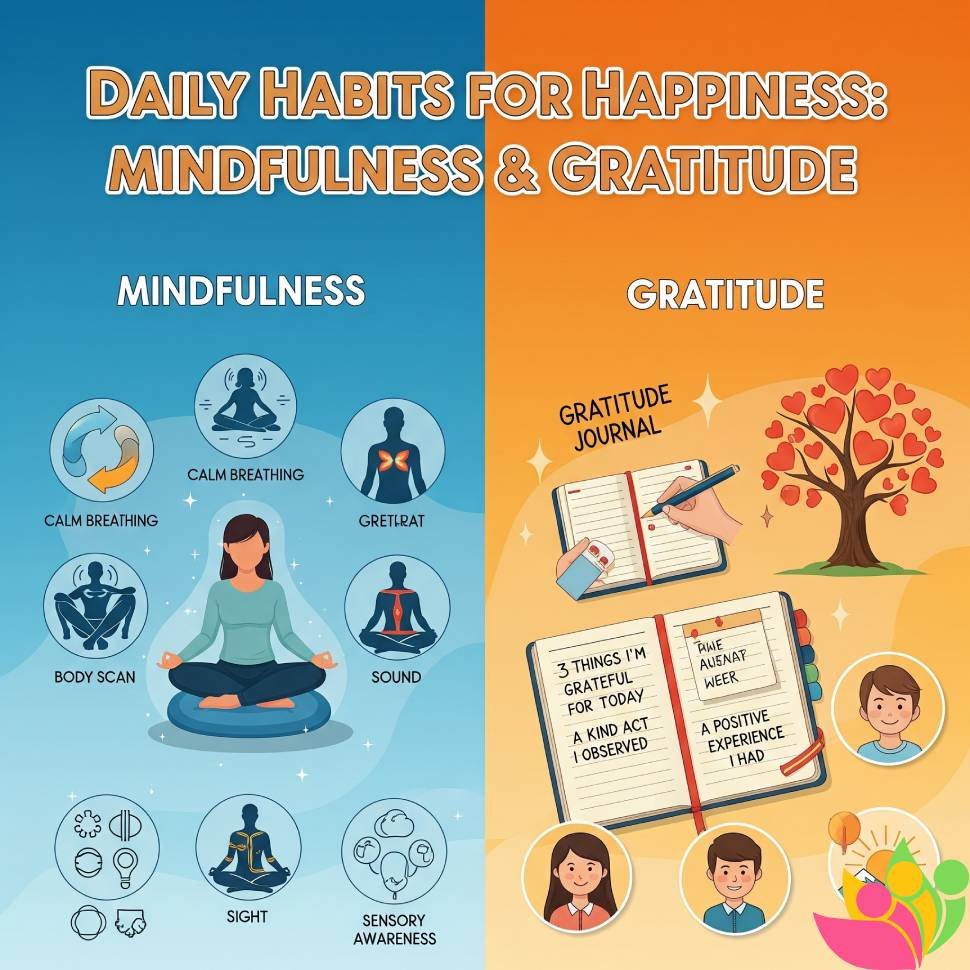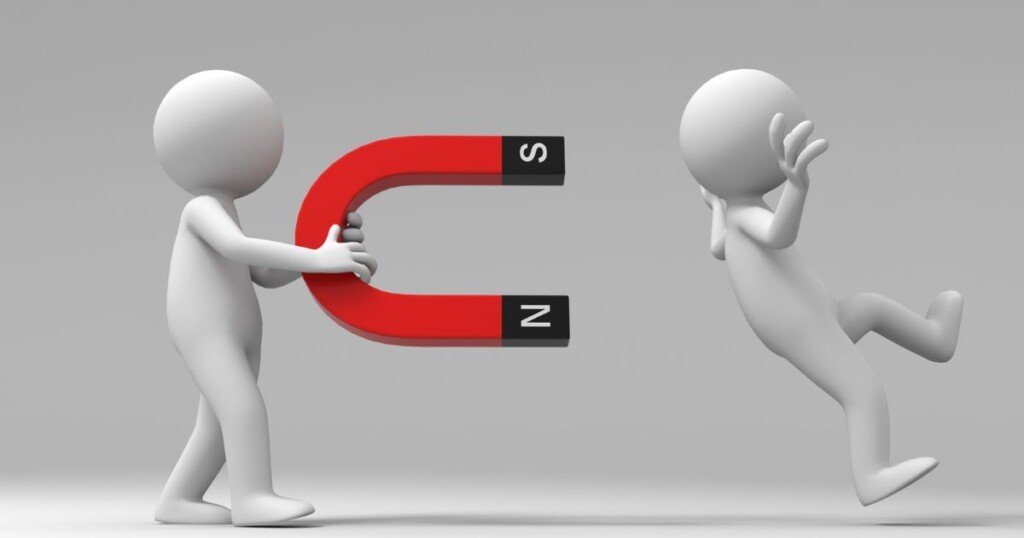Searches for how to be happy spike every morning and late at night for a reason: when life feels loud, we crave a quiet, reliable way to feel good again. A happiness mindset isn’t about fake smiles. It’s a trainable, science-backed approach to daily living that multiplies moments of joy, boosts mental health, and builds resilience so you bounce back faster from stress.
Think of your brain like a muscle. What you repeat grows. Focus only on problems, and worry circuits bulk up. Practice gratitude, mindfulness, and compassionate self-talk, and your attention shifts toward solutions, motivation, and hope. That’s neuroplasticity at work, and it’s why small, positive habits can compound into lasting change.
Start with one simple question: what creates energy for you today? For most people, the foundation is sleep, movement, and connection. Better sleep hygiene improves mood regulation. Light exercise, even a brisk walk, triggers dopamine and endorphins that fuel optimism. Meaningful relationships reduce anxiety and protect against burnout. Build those three pillars first, then layer tactics:
- A 60-second breathing reset (four counts in, six out) calms the nervous system and delivers instant stress relief.
- Keep a gratitude journal: write three specific wins or acts of kindness each evening to train attention toward positives.
- Practice mindfulness meditation for five minutes, or use a body scan to reduce rumination and boost focus.
- Replace harsh self-talk with compassionate, evidence-based affirmations; speak to yourself like a good coach.
- Schedule a daily nature walk or digital detox window to quiet noise, lower cortisol, and improve creativity.
Morning routines matter. A two-minute stretch, sunlight on your skin, water, and one intentional win set a positive tone for the day. In psychology this is called the “fresh start effect” — small wins early tilt your mindset toward progress, priming motivation and productivity.
If you’re struggling, don’t chase constant euphoria. Aim for steady, sustainable well-being. The goal is not to eliminate every negative emotion; it’s to respond skillfully. Anxiety relief comes from naming what you feel, breathing, and taking one small action that’s within your control. That shift from rumination to motion is the bridge to confidence.
Language shapes the nervous system. Instead of “I must be positive,” try “I choose the most helpful action available now.” It’s a growth mindset in plain clothes. When setbacks hit, run a quick three-step loop: acknowledge the hit, accept what’s out of your control, and focus your energy on the next useful step. Rehearsed often, this becomes a reflex for resilience.
Nutrition and environment support your happiness mindset too. Stable blood sugar, hydration, and omega‑3s are associated with better mood. Sunlight in the morning anchors your body clock for deeper sleep at night. A clean, uncluttered space reduces cognitive load. None of this is glamorous, but it’s the backbone of a balanced, positive mindset.
Want a simple weekly practice? On Sunday night, write a tiny plan that includes three priorities, three workouts, and three social touchpoints. Then guard your evenings for recovery: light reading, stretching, or journaling. This structure reduces decision fatigue, boosts self-care, and gives you a repeatable routine for work–life balance.
Happiness at work matters too. Because most of your day happens on the job, your workplace habits shape mood and motivation. Begin meetings with a quick win round, block focused time with a do-not-disturb timer, and take a five minute walking break between tasks. Clear priorities, respectful boundaries, and meaningful progress are the real drivers of job satisfaction.
To keep your positive mindset sticky, link it to identity. Say, “I am the kind of person who keeps promises to myself.” Then design frictionless cues: water bottle on your desk, shoes by the door, journal on your pillow. When the environment nudges the behavior, willpower is no longer the bottleneck.
Not every season allows DIY solutions. If persistent sadness, sleep disruption, or anxiety interferes with daily life, consider talking with a licensed mental health professional. Therapy, community support, and, when appropriate, medical care can accelerate recovery. Seeking help is a courageous, proactive step toward well-being.
Finally, happiness grows when it leaves your hands. Do one micro act of generosity daily: an encouraging text, a sincere compliment, paying for a coffee, or volunteering once a month. Prosocial behavior increases life satisfaction, deepens relationships, and reminds you that purpose is the strongest long‑term mood stabilizer.
None of these ideas require perfect circumstances. They require practice. Start small. Stack a mindful breath onto your morning coffee. Add a 10-minute walk to your lunch break. Put your phone in another room an hour before bed. Over thirty days, you won’t just feel lighter; you’ll have a repeatable, evidence-aligned system for lasting happiness.
If you’re searching for how to be happier, begin today with one habit you can keep. Momentum beats perfection, and your next calm breath can be the spark.







